Is your old phone finally giving up on your after a number of years? Are you finding yourself constantly sitting by a power socket or having to carry a power bank with you all the time because your phone won’t last more than an hour and nine minutes? Or maybe you just damaged your phone after throwing it against the wall in rage after yet another poor performance by Manchester United?
Well no worries then, as we’re back with a new and updated buyer’s guide for the best smartphones to get from this year. However, we won’t just be looking at flagship smartphones here, as let’s face it times are tough now; even my favourite chicken rice shop has increased their prices three times in just the last two days. Judging from our previous buyer’s guides though, it seems that most of you are actually keen on smartphones below RM2,000, with that price segment quickly becoming the new point of price-to-performance for many.
You may recognise some of these sub-RM2,000 smartphones from our previous ‘best smartphones under RM2,000’ list for the first half of the year, but we’re going to start off with what is perhaps our ‘editor’s choice’ for the best smartphone at this price point.
Xiaomi 13T
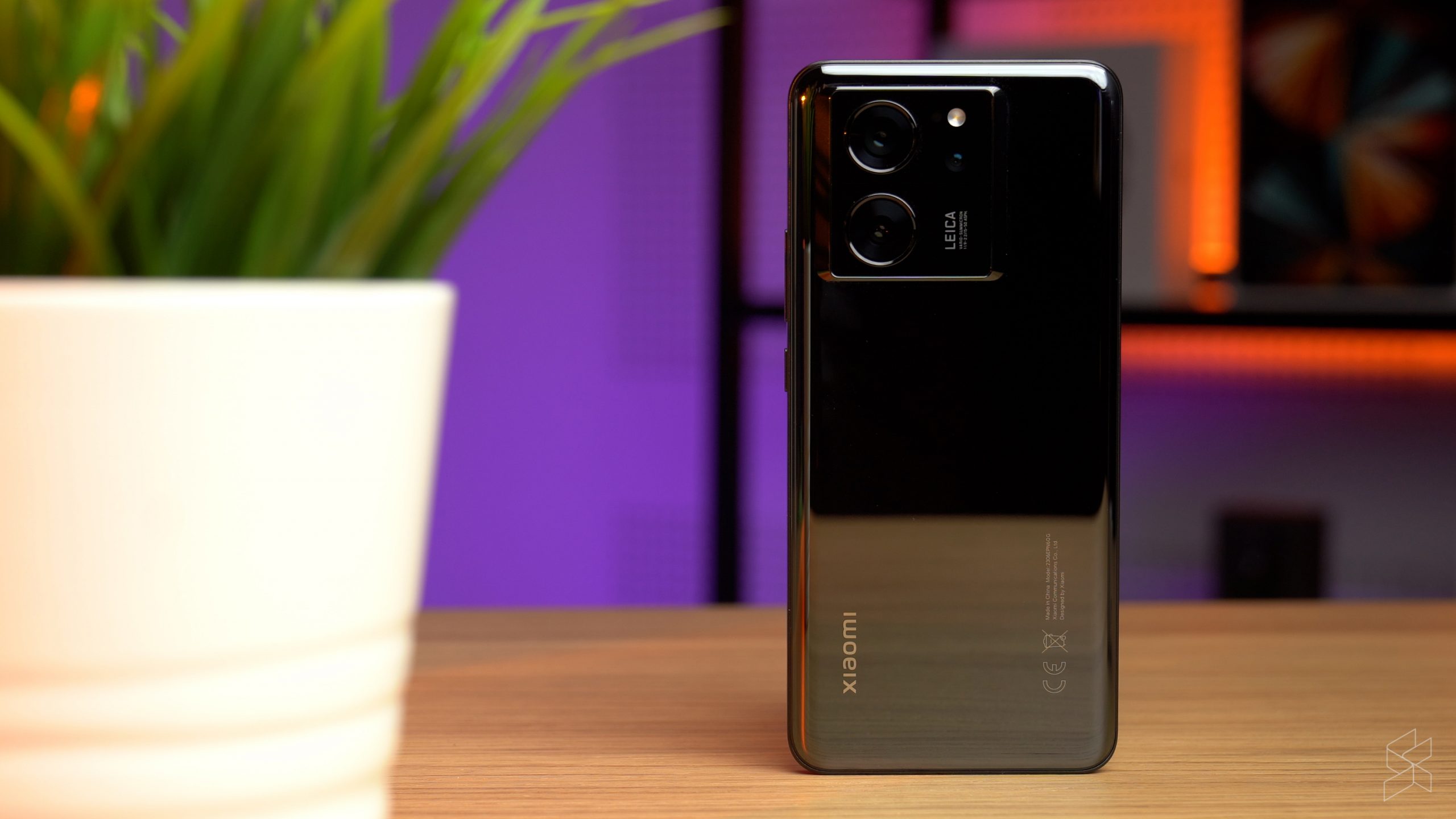
So I’ve actually already reviewed this phone’s stablemate, the Xiaomi 13T Pro, but if your budget limits you to a maximum of two grand, the non-Pro Xiaomi 13T is actually not bad at all. In fact, other than a slightly weaker (but still solid) processor and a slower charging speed, the Xiaomi 13T is pretty much identical to the Xiaomi 13T Pro. This makes it quite a deal considering that it’s starting at just RM1,799 for the version with 8GB of RAM and 256GB of storage, while for RM1,999 you get 12GB of RAM instead.

For that much you’re getting a 6.67-inch, CrystalRes AMOLED display with a 2712 x 1220p resolution, a 144Hz refresh rate, a 480Hz touch sampling rate, a peak brightness of 2600nits and full coverage of the DCI-P3 colour gamut. You’ll find a layer of Corning Gorilla Glass 5 over it too for scratch resistance as well as an IP68 dust and water resistance rating. That’ll help the Xiaomi 13T’s hardware last longer, but the Chinese giant is also improving its longevity software-wise, guaranteeing a minimum of four major Android OS upgrades and five years of security patches.
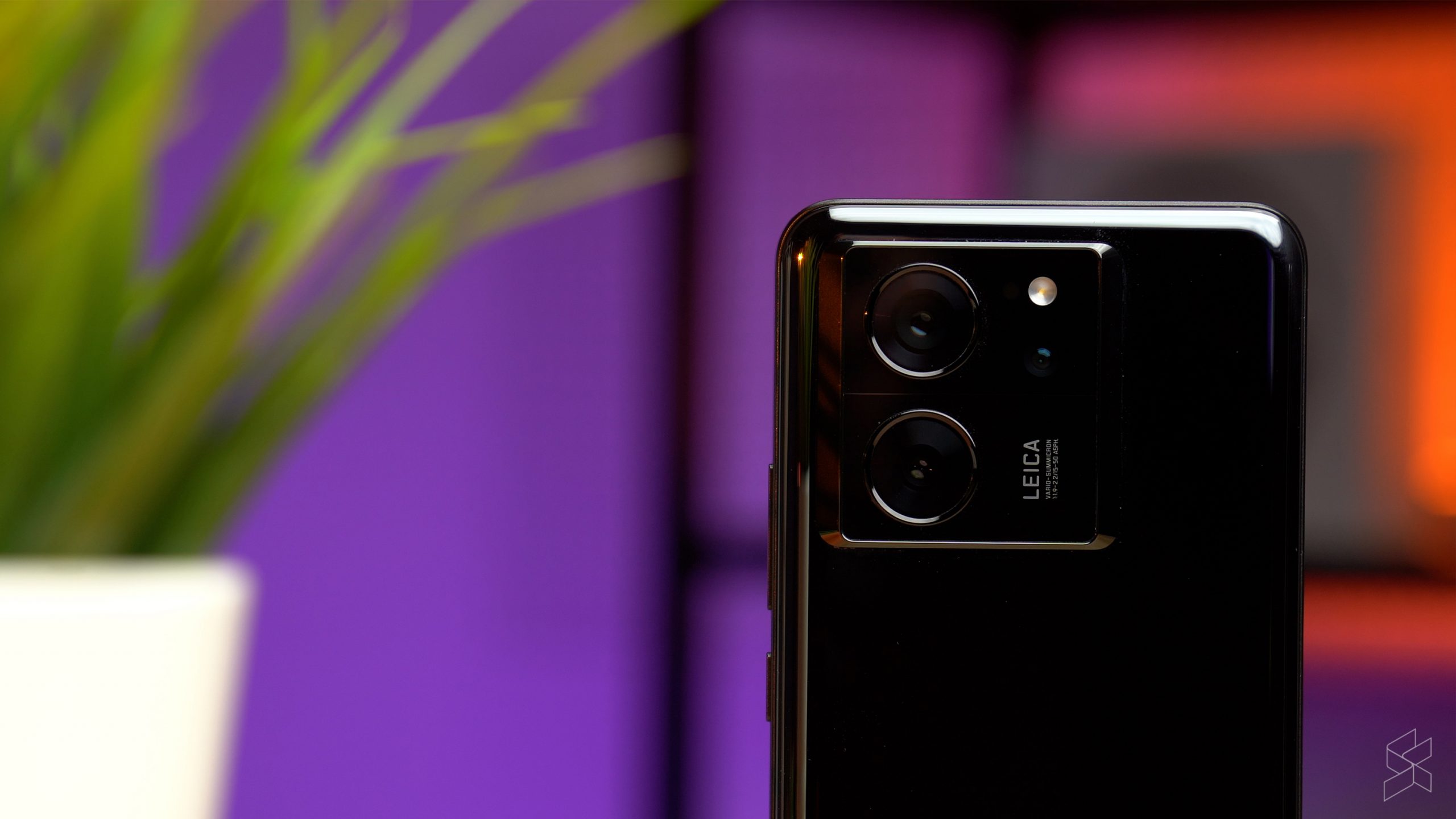
It’s the cameras though that’s got everyone talking about the Xiaomi 13T series. Just like the Xiaomi 13T Pro, the Xiaomi 13T comes with a camera setup co-engineered with Leica, packing a main 50MP, f/1.9 camera, a 50MP, f/1.9 telephoto and a 12MP, f/2.2 ultrawide shooter as well as a 20MP, f/2.2 selfie camera. The Leica branding also delivers photography tools like different Leica photography styles and a ‘master lens’ portrait mode, but unlike the Xiaomi 13T Pro it won’t support 8K and 10-bit LOG video recording.
Under the hood you’ll find a MediaTek Dimensity 8200-Ultra, an upper midrange system-on-chip mated to up to 12GB of LPDDR5 RAM and 256GB of UFS 3.1 storage. It runs Android 13 out of the box, skinned with MIUI 14 over it. Keeping the lights on meanwhile is a 5,000mAh battery with 67W fast charging. There’s also stereo speakers, an in-display fingerprint sensor and support for WiFi 6, 5G, NFC and Bluetooth 5.4.
Samsung Galaxy A54
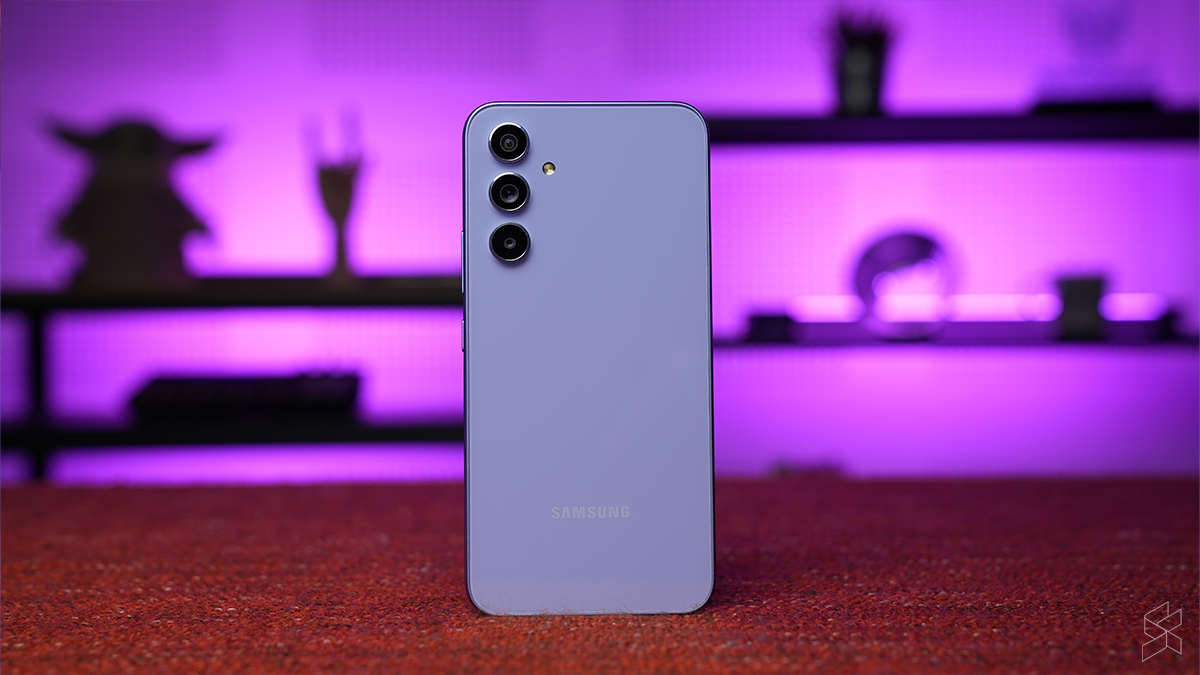
Next up on our list is the Samsung Galaxy A54, the first survivor from our original sub-RM2,000 buyer’s guide for the first half of the year. Just like our previous entry, the Galaxy A54 is notable for its potential longevity, with Samsung guaranteeing four major Android OS upgrades and five years of security patches here as well as an IP67 dust and water resistance rating.
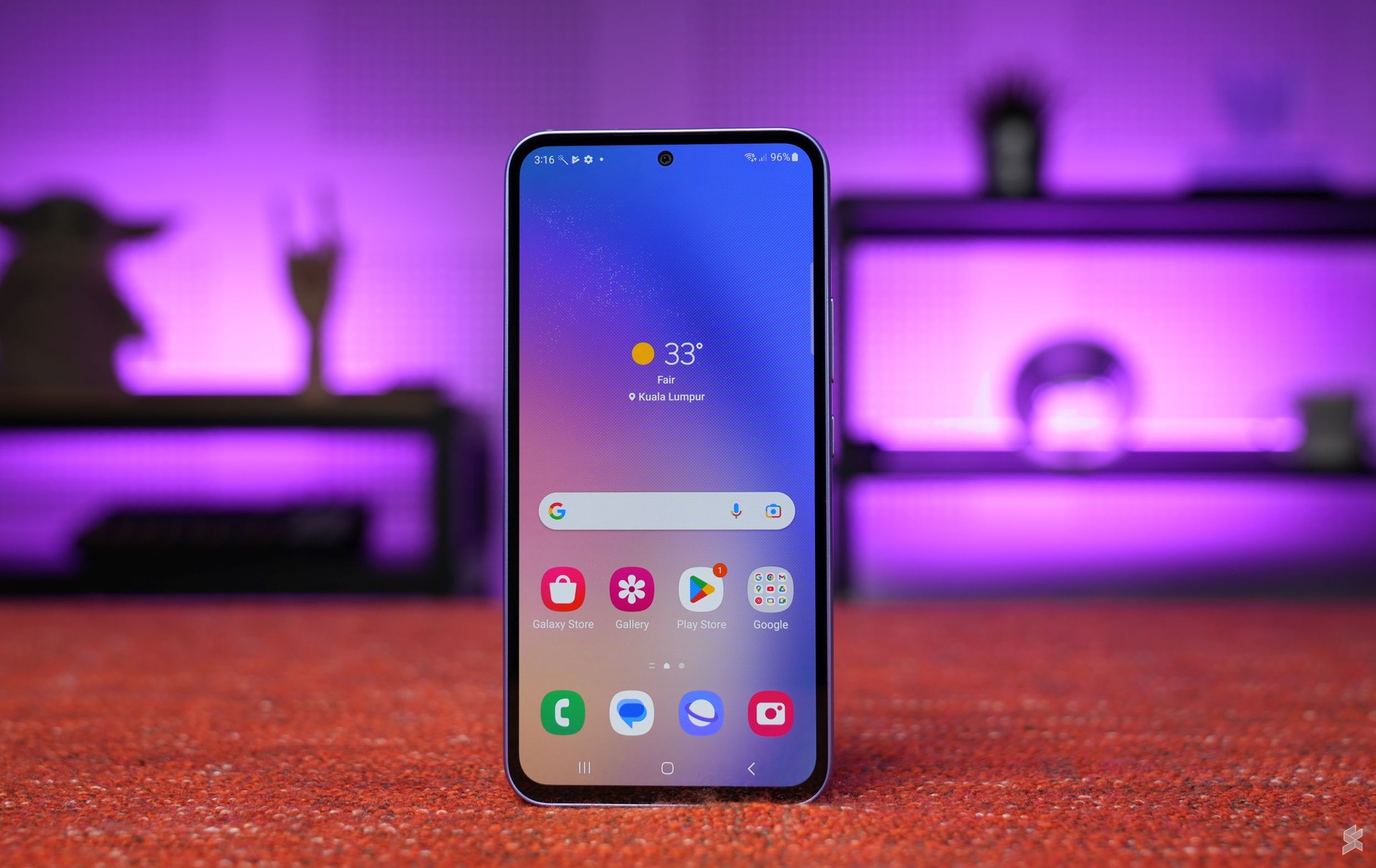
The Galaxy A54 features a 6.4-inch, FHD+ Super AMOLED display, pushing a 120Hz refresh rate along with a peak brightness of 1,000nits and a layer of Corning Gorilla Glass 5 over it for scratch resistance. Under the hood meanwhile is an Exynos 1380 system-on-chip, mated to 8GB of RAM and 256GB of storage.
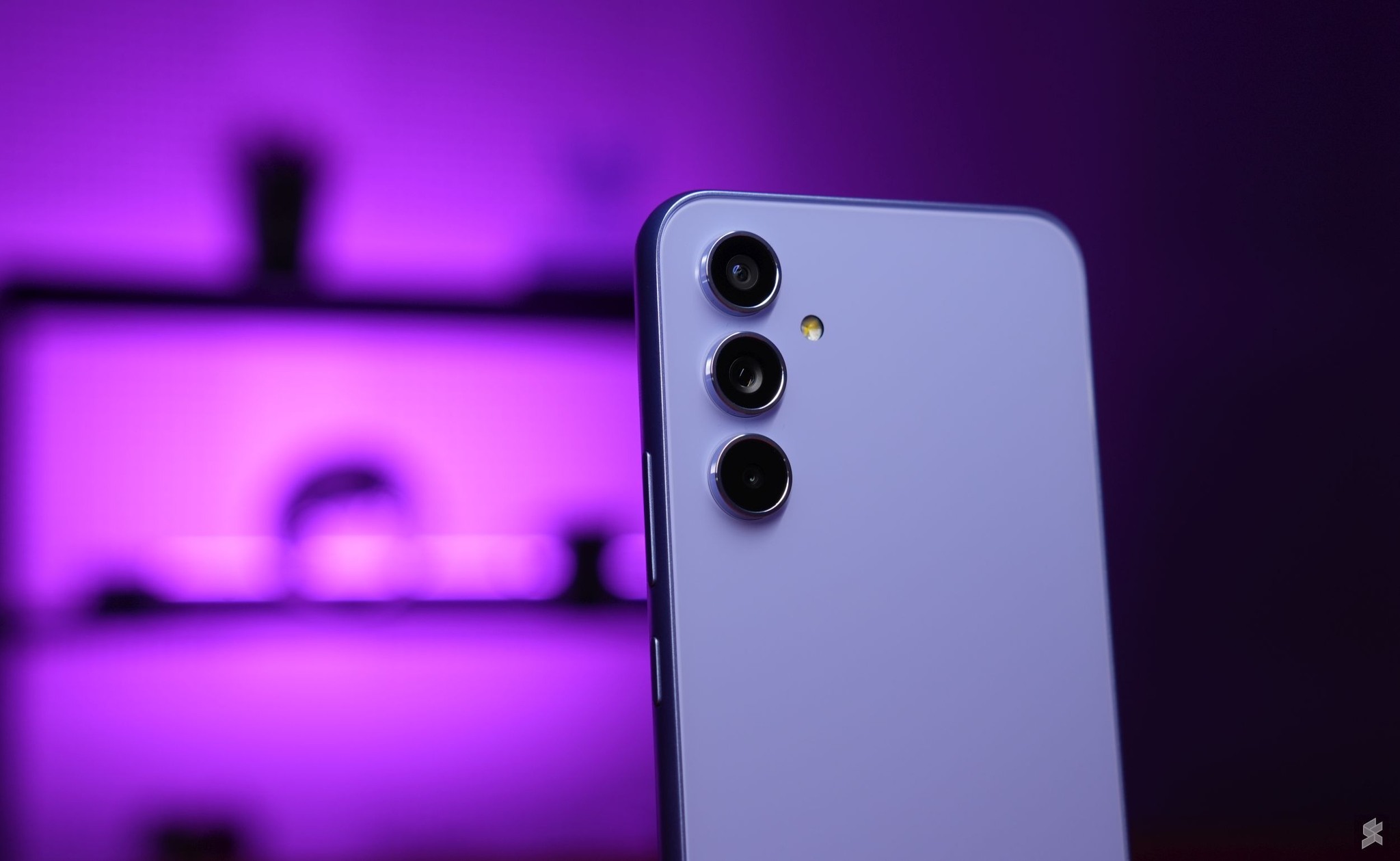
Flip it around and you’ll find a triple rear camera setup on the Galaxy A54. It has a main 50MP, f/1.8 camera with an accompanying 12MP, f/2.2 ultrawide and a 5MP, f/2.4 macro sensor on top of a 32MP, f/2.2 front camera for selfies. Other features of note include stereo speakers, an in-display fingerprint sensor and a 5,000mAh battery with 25W fast charging. All that could be yours for a retail price of RM1,899.
Honor 90
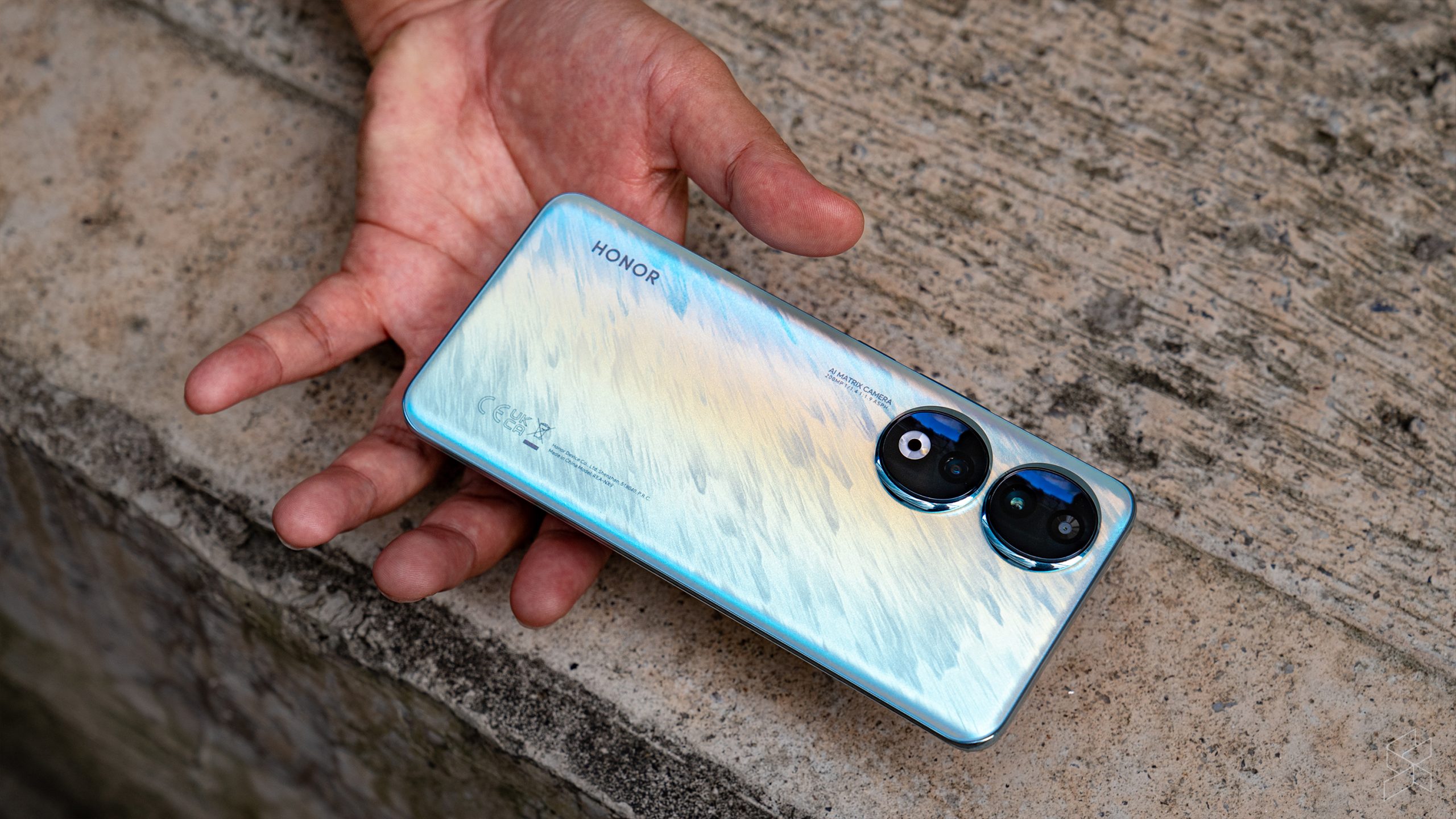
We now have not just a new entry to this buyer’s guide, but also another smartphone that I’ve actually used before, the Honor 90. Starting at RM1,799 for 12GB of RAM and 256GB of storage and rising to RM2,099 for double the storage, the Honor 90’s unique selling point here—apart from its unique look—is that it packs a 200MP camera on the back.
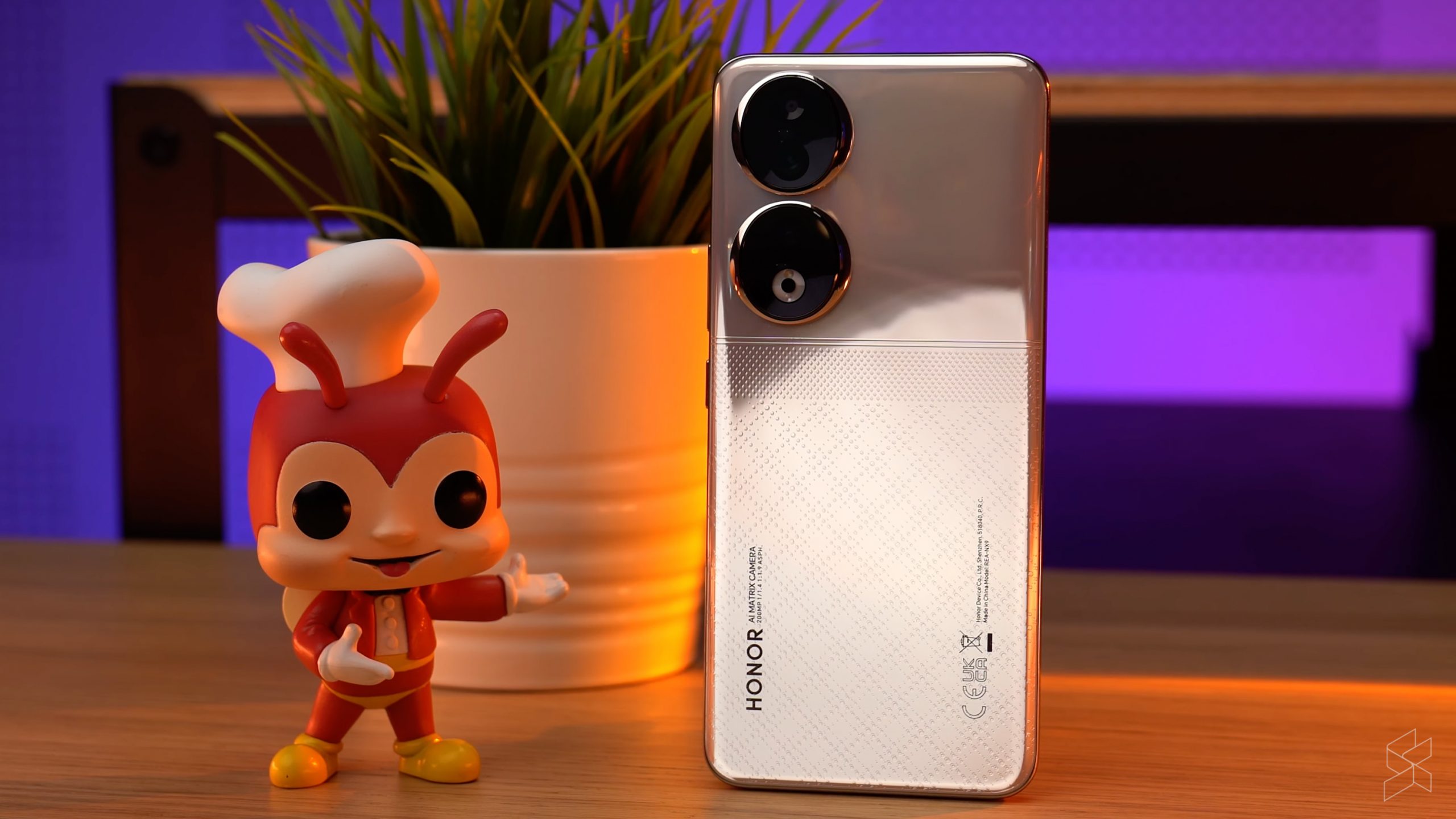
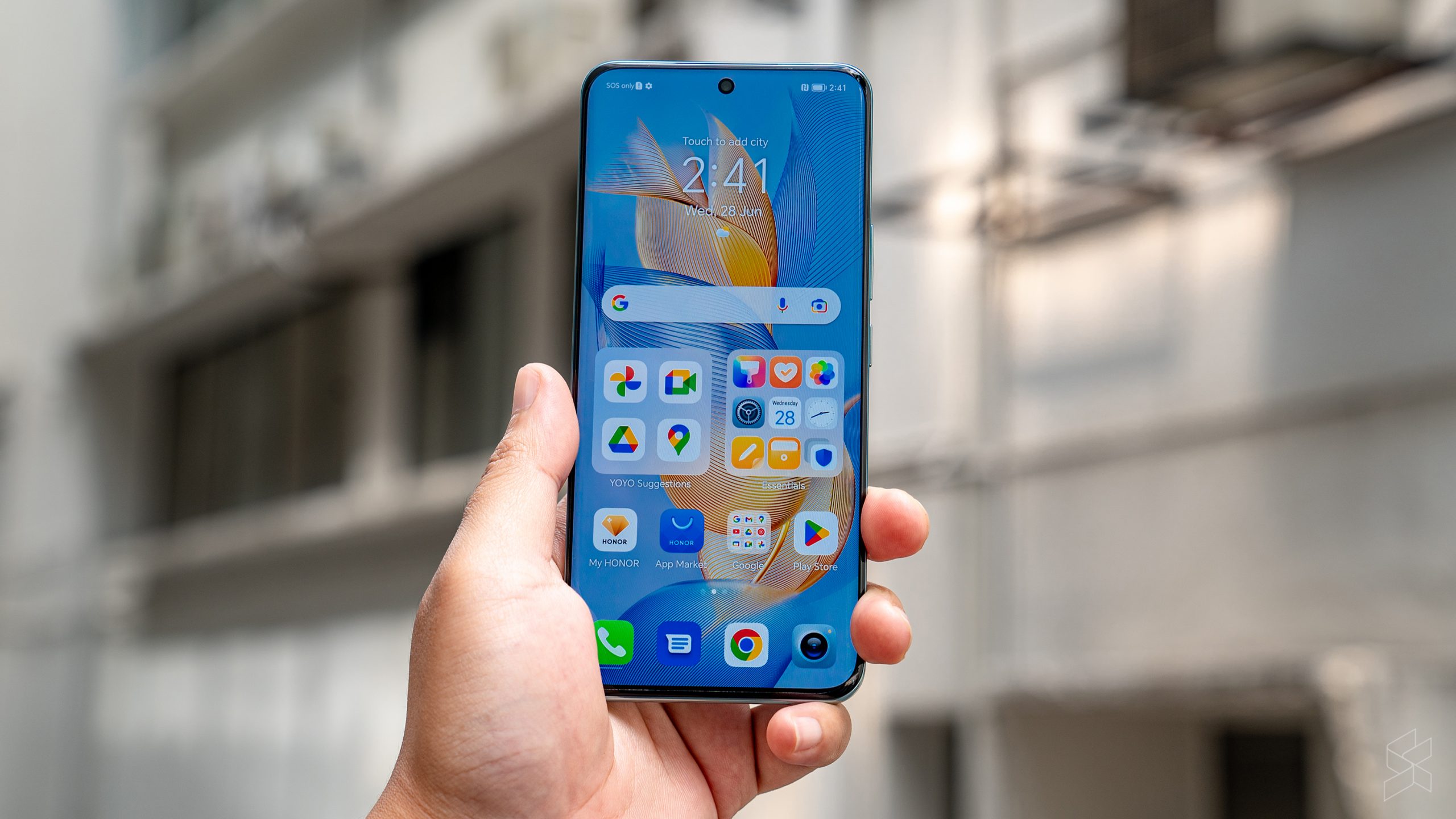
The Honor 90 comes with a triple rear camera setup in a dual ring design, packing a main 200MP, f/1.9 camera flanked by a 12MP, f/2.2 ultrawide with a third 2MP, f/2.4 depth sensor. You’ll also find a 50MP, f/2.4 front camera for your selfie needs. Under the hood meanwhile is a Qualcomm Snapdragon 7 Gen 1 Accelerated Edition, with 12GB of RAM and up to 512GB of storage running Android 13 skinned with MagicOS 7.1 over it.
As for its display, the Honor 90 gets a 6.7-inch, quad curved AMOLED display, with a 2664 x 1200p resolution, a 120Hz refresh rate and a peak brightness of 1600nits. Honor also boasted its 3840Hz PWM dimming, which makes the screen easier on the eyes. Other features of note include a 5,000mAh battery with 66W Honor SuperCharge fast charging and an in-display fingerprint sensor; no stereo speakers here though unfortunately.
Realme 11 Pro+ 5G
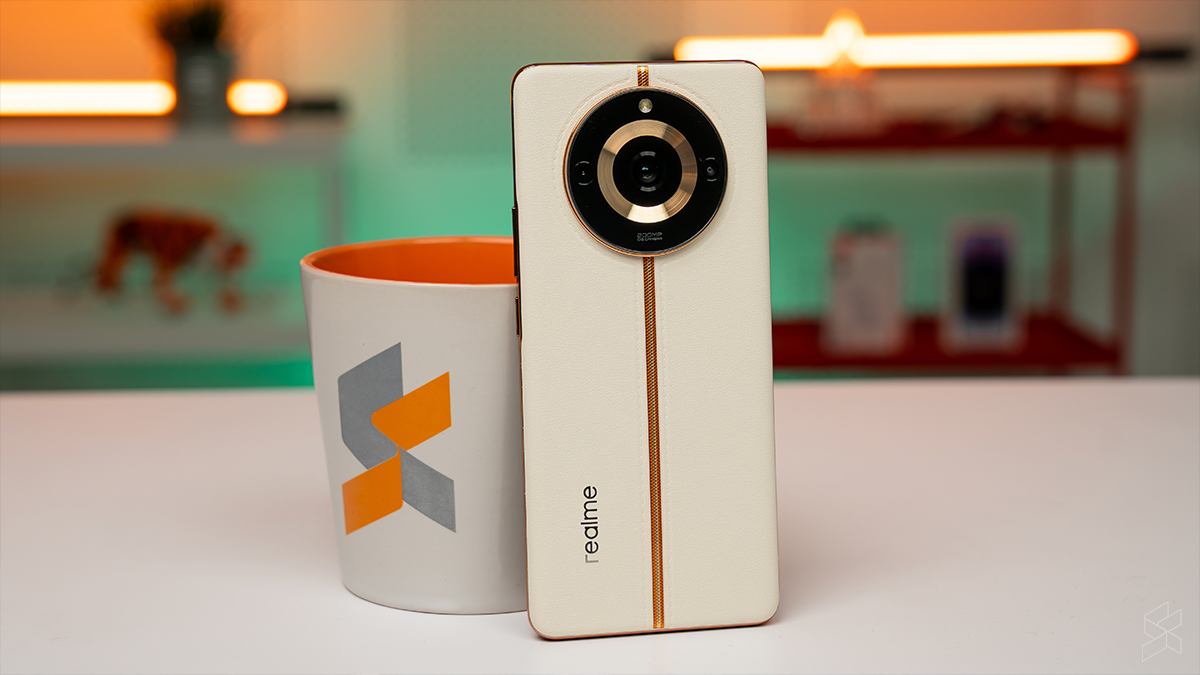
From one 200MP smartphone to another. The Realme 11 Pro+ 5G is the second entrant on our list to feature a 200MP shooter, as well as a distinctive look designed by ex-Gucci Prints designer Matteo Menotto with a vegan leather finish on the back. It’s also the only one on our list to pack 12GB of RAM and 512GB of storage while maintaining a retail price that fits our budget at RM1,999.
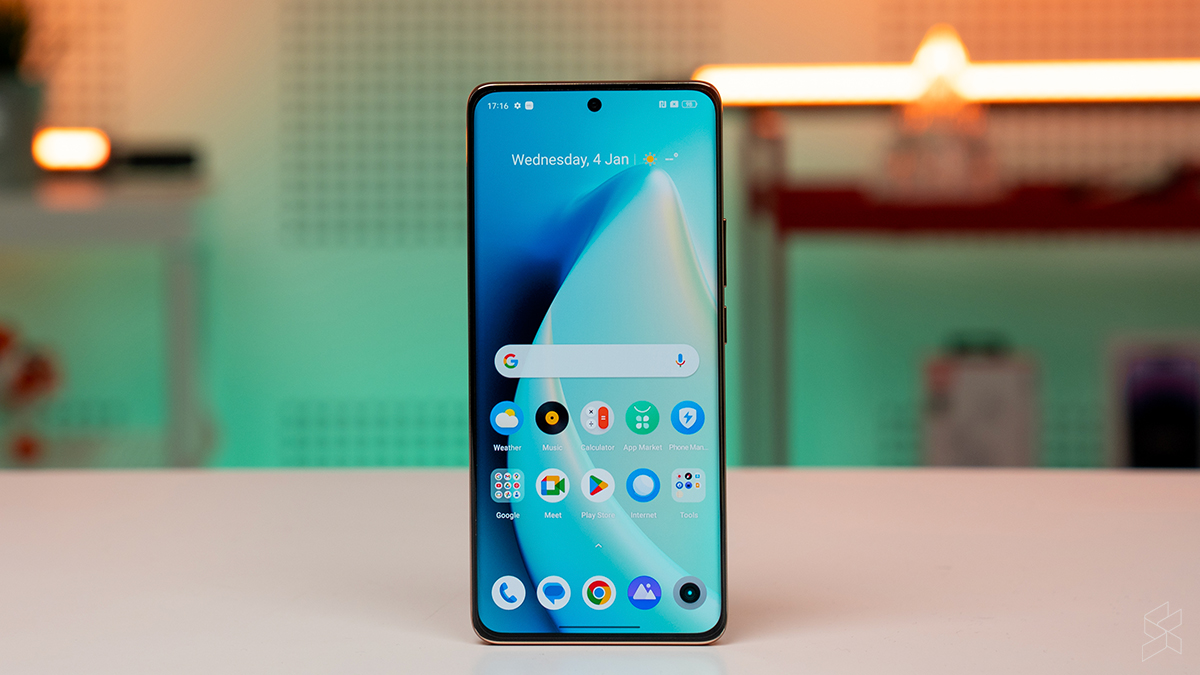
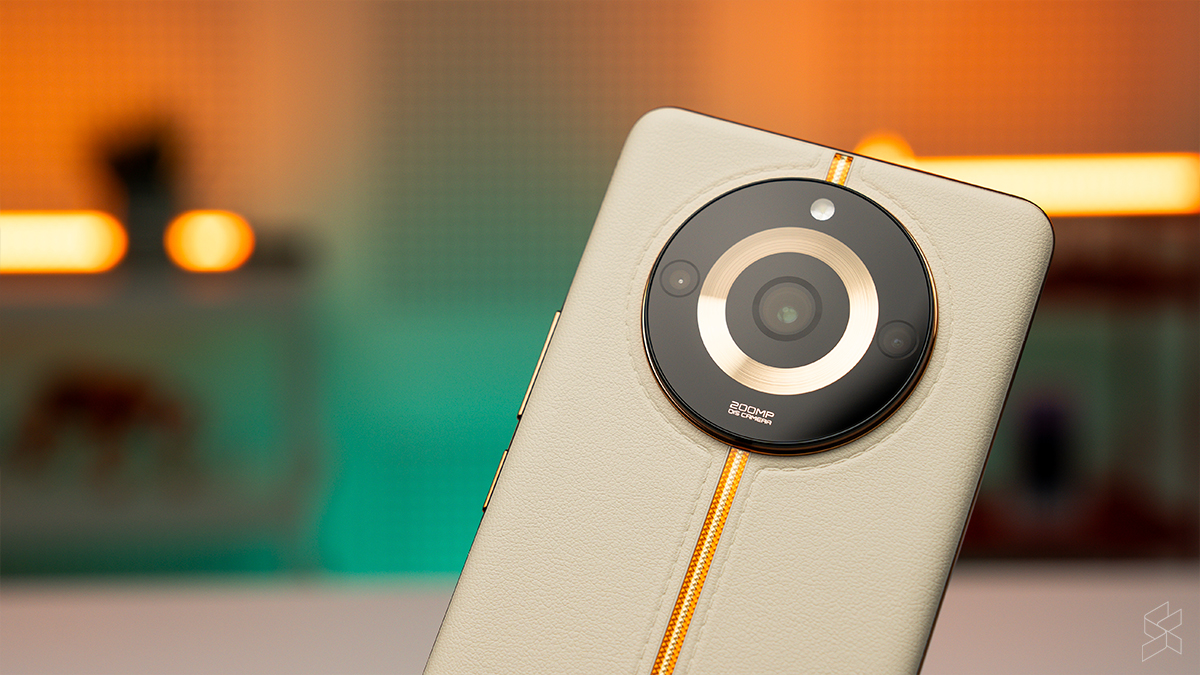
It features a 6.7-inch, curved AMOLED display with an FHD+ resolution, a 120Hz refresh rate and a peak brightness of 950nits. The Realme 11 Pro+ 5G is powered by the MediaTek Dimensity 7050, with 12GB of RAM and 512GB of storage. It runs Android 13 out of the box, skinned with RealmeUI 4.0 over it.
As for its cameras, housed in that large circular camera bump is a 200MP, f/1.69 main camera flanked by an 8MP, f/2.2 ultrawide shooter with a 2MP, f/2.4 macro lens tagging along for the ride. Up front meanwhile is a 32MP, f/2.45 camera to take your selfies. Other features of note include a 5,000mAh battery with 100W SuperVOOC fast charging, stereo speakers and an in-display fingerprint sensor.
Poco F5 Pro
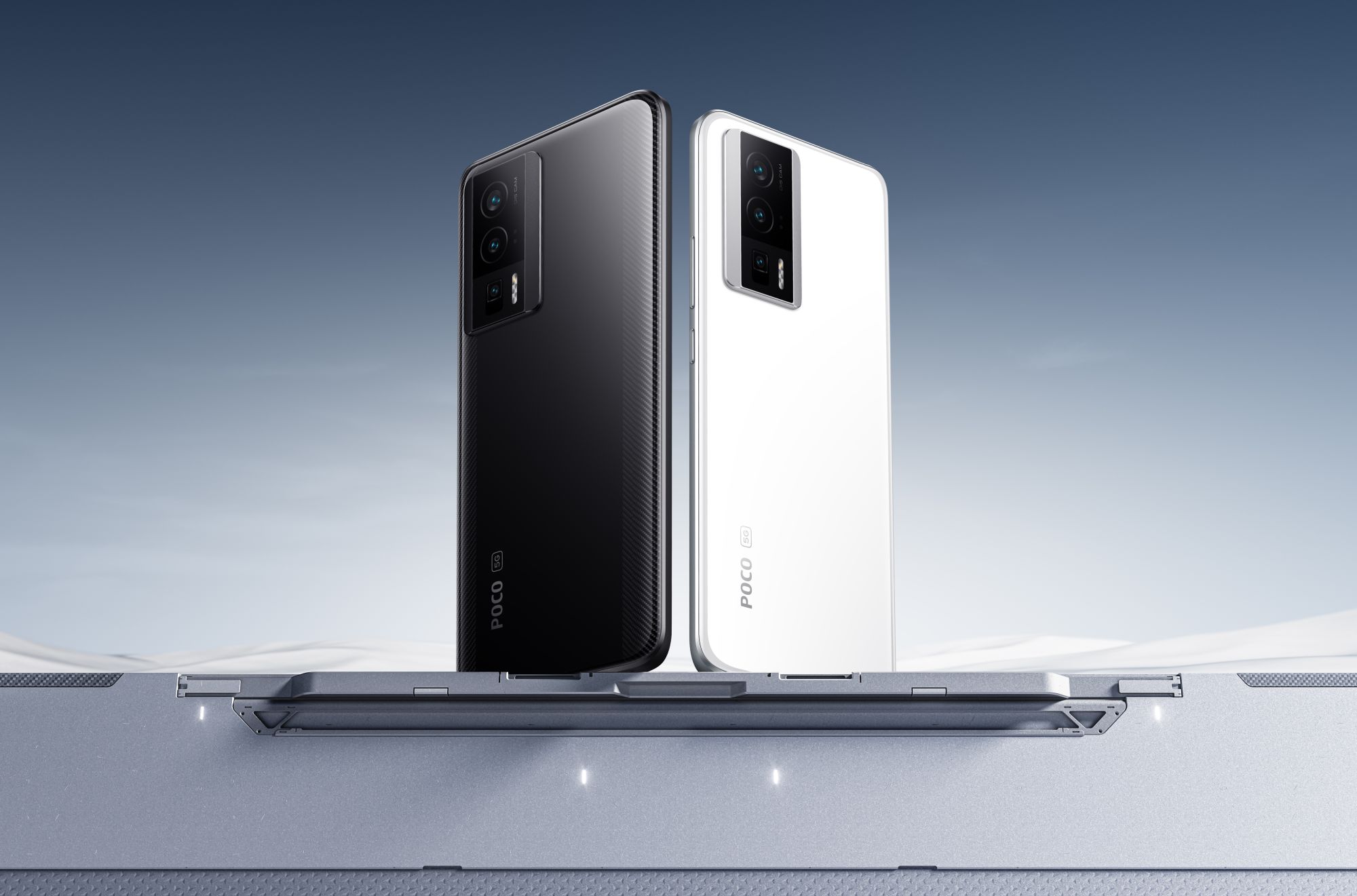
Lastly, we come to the other entry on our list to survive from our original list of best sub-RM2,000 phones for the first half of the year, the Poco F5 Pro. We’ll have to admit though that technically, the Poco F5 Pro doesn’t fit our criteria as it has a starting retail price of RM2,099 but considering that it’s almost always on sale—we found it as low as RM1,799 at time of writing—the Poco F5 Pro just seems too good of an option to not make this list again.
The reason? It’s perhaps the most powerful smartphone on our list thanks to it packing a Qualcomm Snapdragon 8+ Gen 1 system-on-chip under the hood, the flagship mobile platform from last year. That gets mated to up to 12GB of RAM and up to 512GB of storage, running Android 13 out of the box with MIUI 14 for POCO skinned over it. Its display meanwhile is a 6.67-inch, 1440p AMOLED display with a 120Hz refresh rate, a peak brightness of 1,400nits and has a layer of Corning Gorilla Glass 5 over it for scratch resistance too.
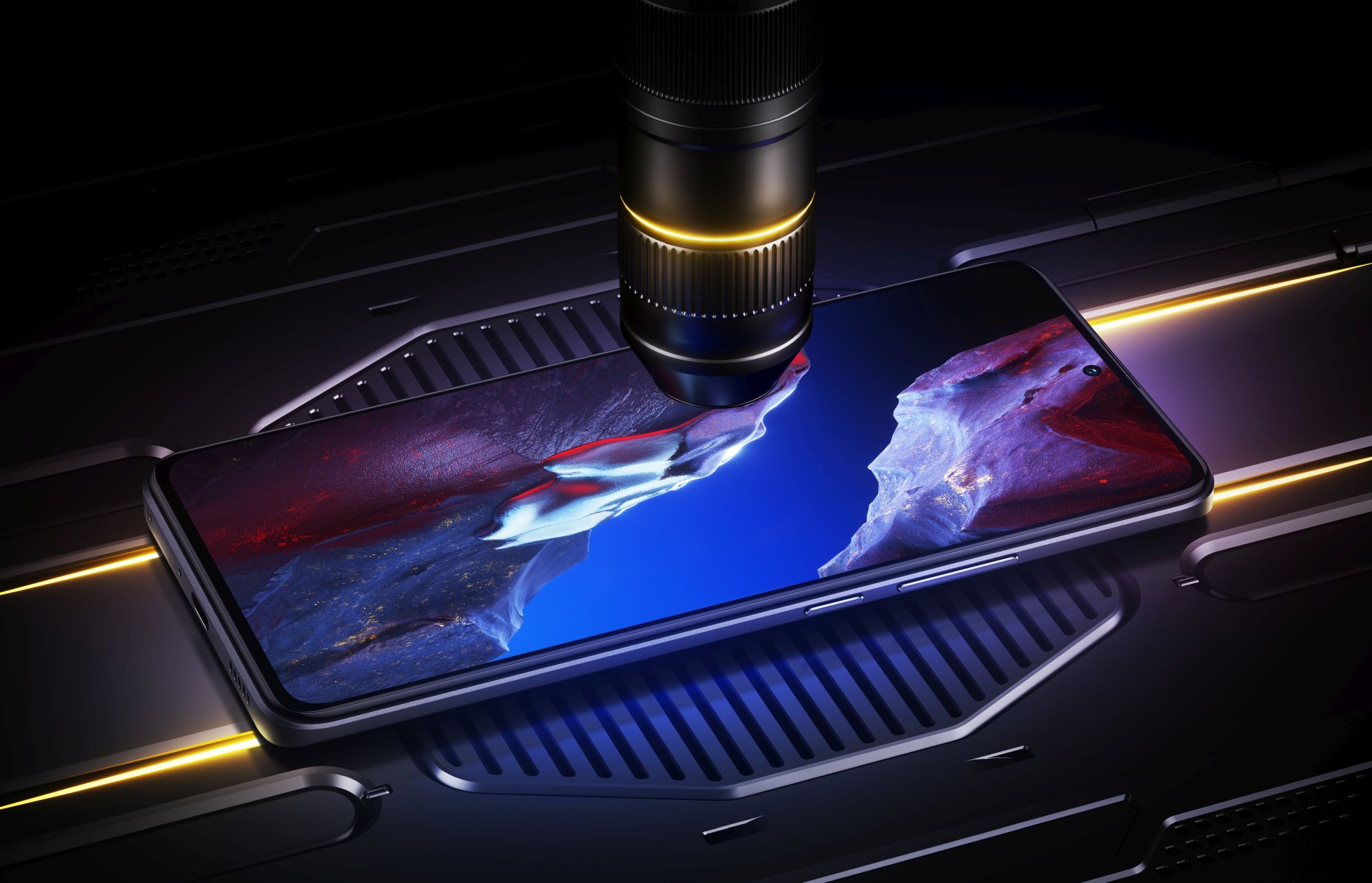
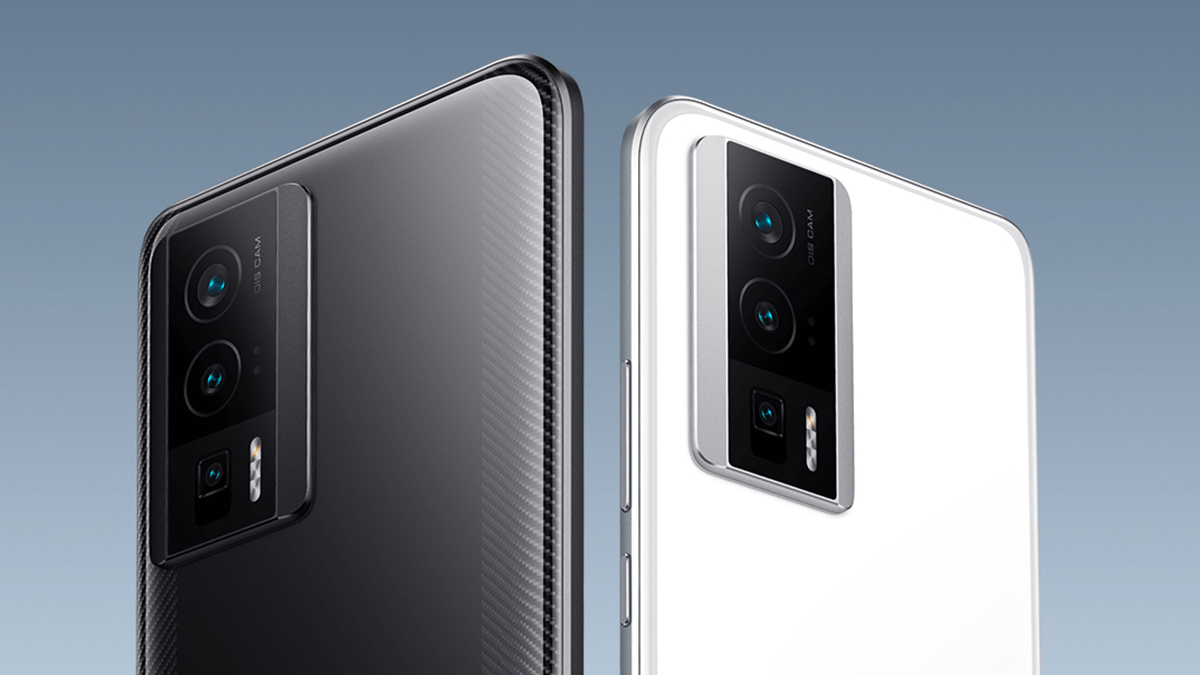
Elsewhere, the Poco F5 Pro comes with a triple rear camera setup sporting a 64MP, f/1.79 main camera with an accompanying 8MP, f/2.2 ultrawide and a 2MP, f/2.4 macro lens, on top of a 16MP, f/2.45 selfie shooter. Keeping the lights on is a 5,160mAh battery—the largest on our list—with 67W fast charging and 30W wireless charging too. You’ll also find stereo speakers and an in-display fingerprint sensor on the Poco F5 Pro.








